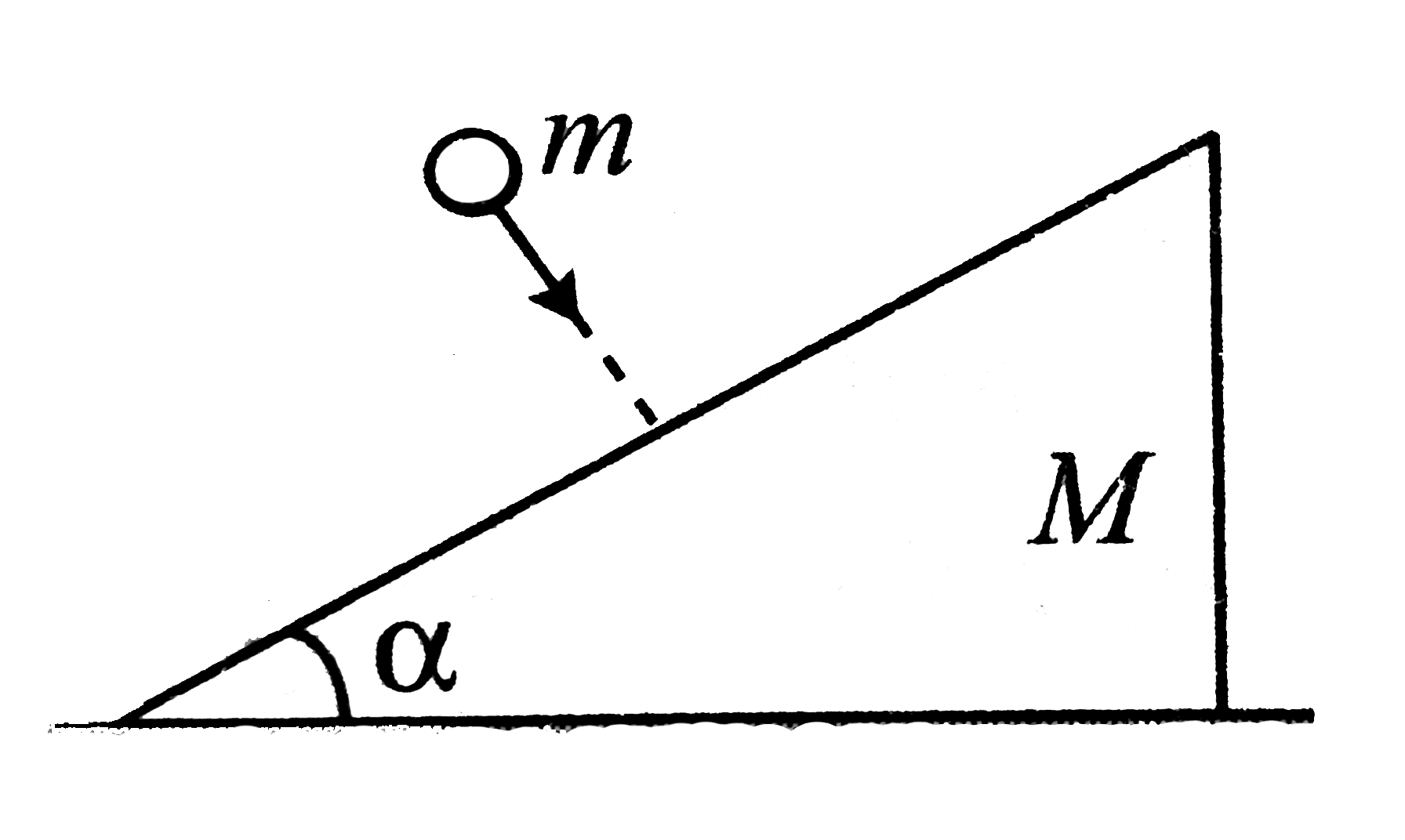A body of mass 5 kg is acted upon by a constant forceIts initial velocity at t = 0 is what is its velocity after 5s ? What is its magnitude ? Solution in Kannada
The correct Answer is:a
Here
Now
Hence (a) is the right choice.
Topper's Solved these Questions
- LAWS OF MOTIONBook:MODERN PUBLICATIONChapter:LAWS OF MOTIONExercise:MULTIPLE CHOICE QUESTION (LEVEL-III)
Explore 2 Videos
- LAWS OF MOTIONBook:MODERN PUBLICATIONChapter:LAWS OF MOTIONExercise:RECENT COMPETITIVE QUESTIONS
Explore 7 Videos
- LAWS OF MOTIONBook:MODERN PUBLICATIONChapter:LAWS OF MOTIONExercise:Revision test
Explore 43 Videos
- HEAT AND THERMODYNAMICSBook:MODERN PUBLICATIONChapter:HEAT AND THERMODYNAMICSExercise:Recent Competitve Questions
Explore 17 Videos
- MAGNETOSTATICSBook:MODERN PUBLICATIONChapter:MAGNETOSTATICSExercise:RECENT COMPETITIVE QUESTION
Explore 5 Videos
Similar Questions
A block of mass m is placed on a surface with a vertical cross section given by y=x36If the coefficient of friction is 0.5, the maximum height above the ground at which the block can be placed without slipping is :
View SolutionA ball rests upon a flat piece of paper on a table top.The paper is pulled horizontally but quickly towards right as shown. Relative to its initial position with respect to the table, the ball :
(A) remains stationary if there is no friction between the paper and the ball.
(B) moves to the left and starts rolling backwards, i.e.to the left if there is a friction between the paper and the ball
(C) moves forward, i.e. in the direction in which the paper is pulled Here, the correct statement/s is/are :
View SolutionWhen a carpet is beaten with a stick, dust comes out of it. Explain.
View SolutionThe temperature of a gas contained in a closed vessel of constant volume increases by 1∘C when the pressure of the gas is increased by 1%. The initial temperature of the gas is:
View SolutionA gyromagnetic ratio of the electron revolving in a circular orbit of hydrogen atom is 8.8×1010Ckg−1. What is the mass of the electron? Given charge of the electron =1.6×10−19C.
View SolutionAt the given instan four particle having masses and accleration as shown in the shown in the figure lie at verties of a square. Acceleration on the center of mass of system is : (A) (1)/(5)(overset(wedge)(i) + overset(wedge)(j)) (B) (1)/(5)(overset(wedge)(j) + overset(wedge)(i)) (C) (1)/(5)(overset(wedge)(i) - overset(wedge)(j)) (D) -(1)/(5)(overset(wedge)(i) + overset(wedge)(j))
View SolutionA ball of mass m collides with a stationary wedge of mass M, perpendicular to its inclined face, inclined at an angle as shown in the figure. If the coefficient of restitution between the wedge and ball is e, calculate the ratio of modulus of velocity of the ball immediately after and before collision. Also calculate the velocity of wedge just after collision.

View SolutionA block of mass m is placed on a smooth wedge of inclination. The whole system is accelerated horizontally so that block does not slip on the wedge Find the i) Acceleration of the wedge Force to be applied on the wedge Force exerted by the wedge on the block .
View SolutionA wedge mass m rest on horizontal surface. The inclination of the wedge is α. A ball of mass m moving horizontal with speed u hits the inclined face of the wedge in elastically and after hitting slides up the inclined face of the wedge. Find the velocity of the wedge just after collision. Neglect any friction.

View SolutionA block of mass 2 kg is kept on a smooth wedge of mass 3 kg and wedge is kept on a rough horizontal surface. A vertical force of 60 N is applied on the minimum coefficient of friction between the wedge and horizontal surface, so that wedge remains at rest during the motion of block on the wedge ?
View SolutionIf the vectors 2ˆi+2ˆj+6ˆk,2ˆi+λˆj+6ˆk,2ˆi−3ˆj+ˆk are coplanar, then the value of λ is
View SolutionA ball weighing 150g is moving with an initial velocity¯u=(3∧i+4∧j)ms−1 After being hit by the player its final velocity is ¯u=(3∧i+4∧j)ms−1What is the magnitude of change in momentam in kg ms−1
View SolutionThe velocity of a body of mass 2 kg is given by vecupsilon=(2t overset(wedge)(i)+t^(2)overset(wedge)(j)) Find the momentum of the body after 2 seconds.
View SolutionIn the given figure, the wedge is acted upon by a constant horizontal force F. The wedge is moving on a smooth horizontal surface. A ball of mass 'm' is at rest relative to the wedge. The ratio of forces exerted on 'm' by the wedge when F is acting, and when F is withdrawn, assuming no friction between the wedge and the ball, the ratio is equal to
View SolutionIn the given figure, the wedge is acted upon by a constant horizontal force 'F'. The wedge is moving on a smooth horizontal surface. A ball of mass 'm' is at rest relative to the wedge. The ratio of forces exerted on 'm' by the wedge when 'F' is acting and 'F' is withdrawn assuming no friction between the edge and the ball, is equal to :
View Solution